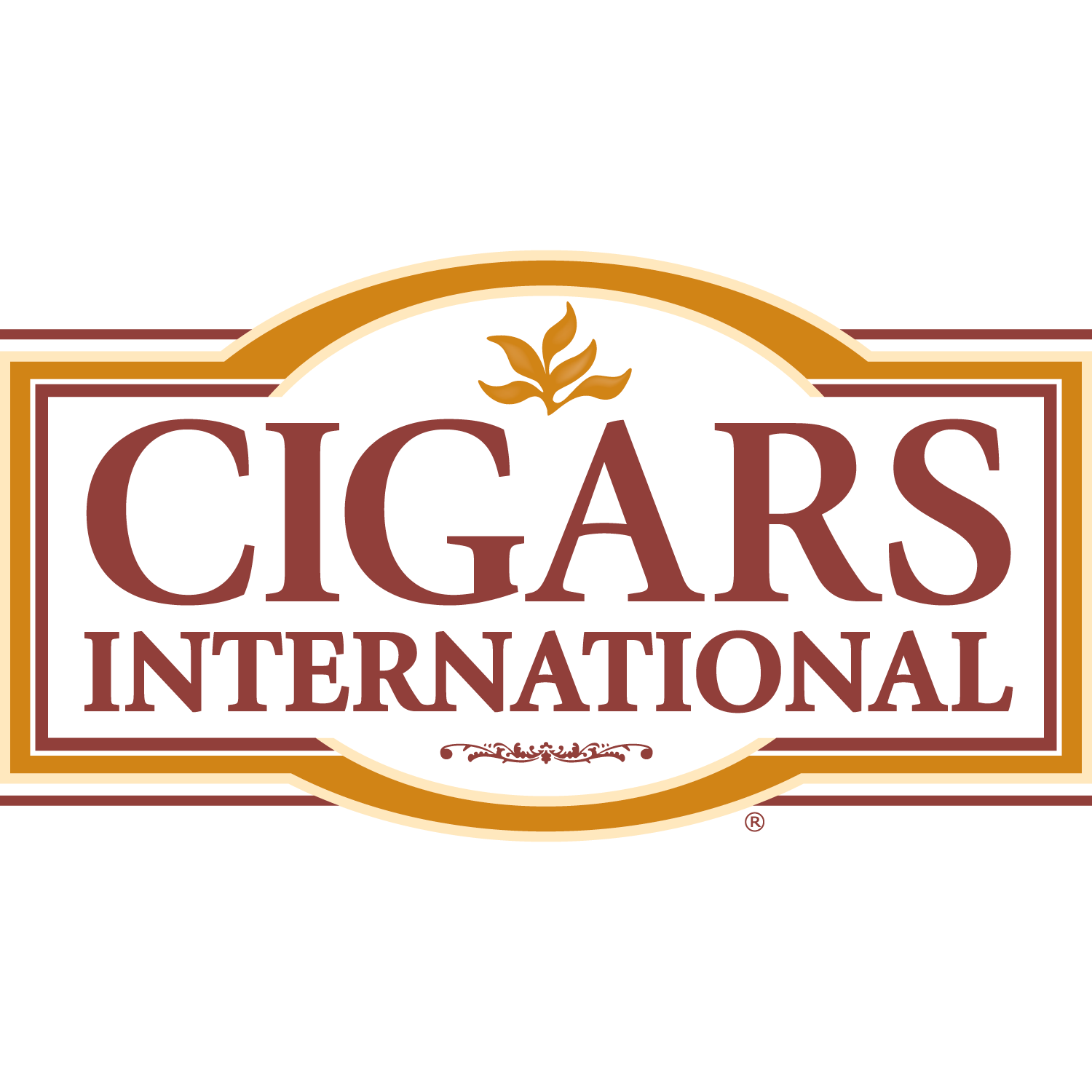It depends on how you define "premium" within an industry, and that varies, as you have pointed out.Why do you think that this notion of premium pipe tobacco hasn’t taken hold strongly in pipe tobaccos?
So I would say that "premium" tobaccos are very much a part of pipe tobaccos. Dunhill made tobaccos went through a number of processes in search of a final result, and they were particular about the quality of the leaf they chose to get to that result.
When they outsourced to Murray's and McConnell, some of that processing was cut in order to save money, but again, the tobaccos were aged by the manufacturer until ready for release, much like wines or booze. McClelland was based on the idea of following the British model, making products they wanted to make, using leaf that they felt met their metric, and releasing it when they felt it was ready for consumption, a product made with care. And if a batch didn't measure up, as in the case of the last batch of 5100, it got destroyed.
The notion of unflavored natural tobacco being somehow better is an interesting one, since they're mostly really tasteless, as GL Pease points out in his FAQ. Pretty much every commercially released tobacco blend is given a bit of "help" to develop flavors, sugar, heat, pressure, flavorings, virgin sacrifice, whatever. But magicians never reveal their secrets.









